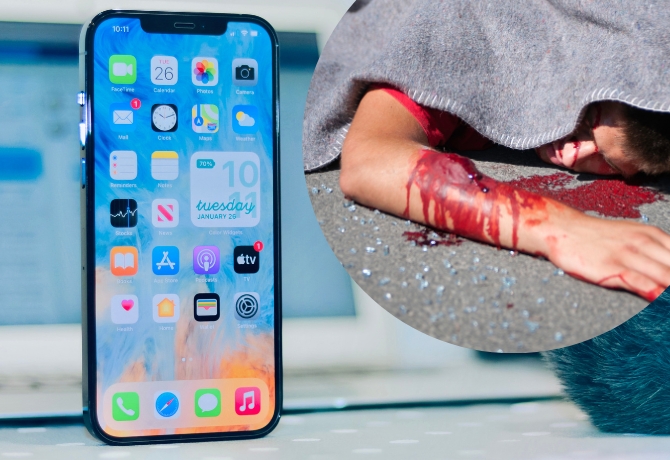Introduction:
In an increasingly digital world, the concept of inheritance has expanded beyond physical assets to include digital assets as well. When a loved one passes away, accessing their digital devices, such as smartphones, becomes essential for preserving memories, settling affairs, and maintaining connections. However, unlocking an iPhone after the owner’s death can be a complex and sensitive process due to privacy and security concerns. In this article, we delve into the realm of digital inheritance, exploring the possibilities, legalities, and challenges associated with unlocking iPhones belonging to deceased individuals.
Understanding the Challenges:
Unlocking an iPhone after the owner’s death poses significant challenges due to Apple’s stringent security measures and commitment to user privacy. Apple’s encryption technology ensures that only the owner can access the device’s contents, safeguarding personal data from unauthorized access. While this approach enhances privacy during one’s lifetime, it presents difficulties for family members or executors seeking to access the device after the owner’s demise.
Legal and Ethical Considerations:
Unlocking an iPhone without proper authorization violates Apple’s terms of service and can potentially breach privacy laws. Therefore, it is essential to navigate the process within legal and ethical boundaries. The specific legal requirements for accessing a deceased person’s iPhone vary by jurisdiction, and it is crucial to consult with legal professionals familiar with digital inheritance laws in your region.
Establishing Ownership and Authority:
To unlock an iPhone after the owner’s death, it is necessary to establish ownership and authority. This typically involves presenting legal documentation, such as a death certificate, a will, or a court order, to Apple. Proof of legal entitlement is vital to demonstrate that you have the right to access and manage the deceased person’s digital assets.
Cooperation with Apple:
To facilitate the process, it is important to contact Apple directly and explain the situation. Apple has protocols in place for handling requests related to deceased individuals’ accounts. They may require specific documentation, such as proof of death and legal entitlement, to assess and potentially grant access to the device. It is crucial to follow Apple’s procedures and provide the necessary information promptly.
Digital Legacy Planning:
To prevent potential difficulties for loved ones, it is advisable to engage in digital legacy planning. This involves documenting and sharing important information, such as device passcodes, Apple ID details, and any instructions regarding accessing digital assets after one’s passing. By proactively addressing these matters, individuals can ease the burden on their loved ones and facilitate the process of unlocking devices and accessing digital content.
Conclusion:
Unlocking an iPhone after the owner’s death is a complex process that involves legal considerations, cooperation with Apple, and adherence to privacy and security protocols. It is crucial to consult with legal professionals and follow the appropriate procedures to ensure compliance with the law. Engaging in digital legacy planning can also alleviate future complications for loved ones. While navigating the realm of digital inheritance may present challenges, it is essential to strike a balance between privacy, security, and the legitimate needs of family members and executors. By understanding the intricacies involved and seeking appropriate guidance, it is possible to unlock iPhones and preserve digital legacies in a lawful and respectful manner.




